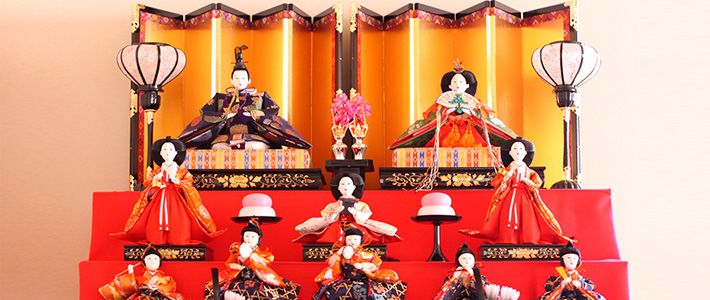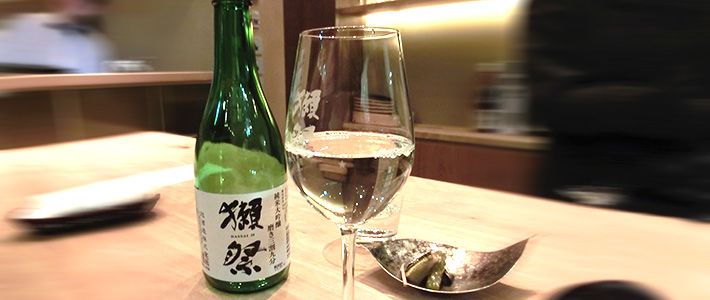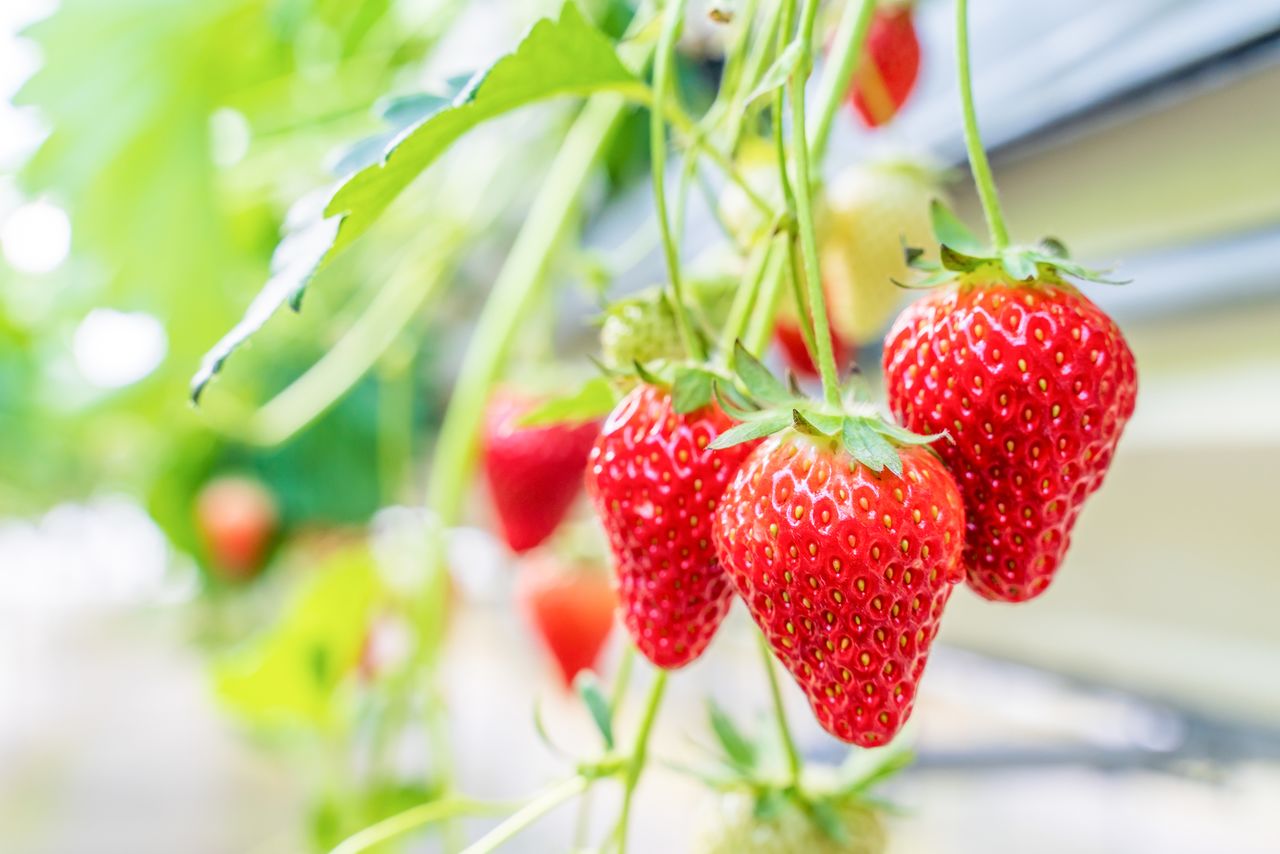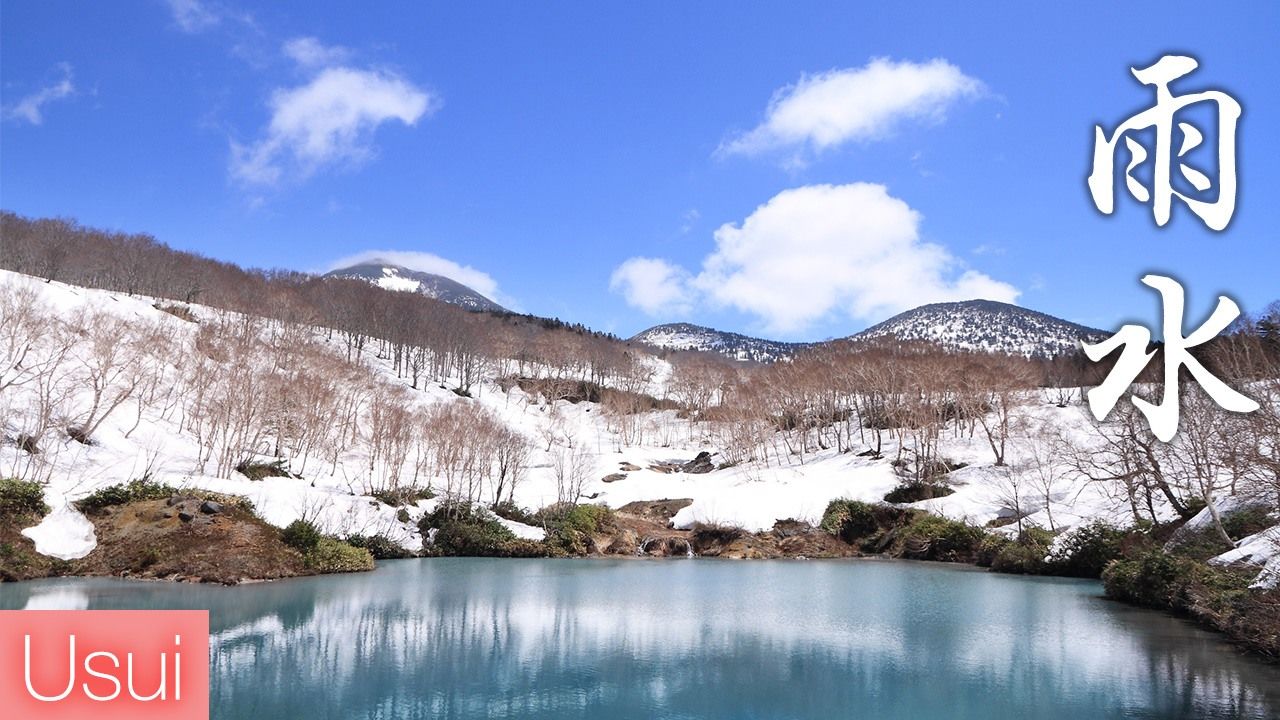
Usui (Rainwater)
Culture Lifestyle History- English
- 日本語
- 简体字
- 繁體字
- Français
- Español
- العربية
- Русский
This season, starting on approximately February 19 in the modern calendar, is when snowfall gives way to rainfall, and the ice begins to melt. The cold weather eases, and the earth and fields welcome rainwater’s return, which spurs buds to sprout. It is time to think about preparing for the farming season.
This article will look at events and natural phenomena in the period roughly from February 19 to March 5.
Sankan shion
This Japanese term (“three cold days, four warm days”) describes the gradual warming of the weather. Cold and warm weather alternates in seven-day cycles as spring approaches.
Kitano Tenmangū Plum Blossom Festival (February 25)
Sugawara no Michizane (845–903) was born into a scholarly family, and is said to have composed waka poetry from the age of five. In Shintō, he is revered as the god of learning: Tenman Tenjin. His political rival, Fujiwara no Tokihira (871–909), had him banished from Kyoto, and demoted to a position in Dazaifu in Kyūshū, where he died in despair two years later. After his death, Kyoto was struck by lightning and other natural calamities, and bad luck befell those involved in his banishment. Believing it to be a curse, the people deified Michizane as Tenjin (god of thunder), and constructed Tenmangū Shrine, in modern-day Fukuoka, in his honor. Finally, striving to pacify his spirit, they built Kitano Tenmangū in Kyoto, denoted as head of over 10,000 Tenmangū shrines across Japan. Because Michizane cherished their blossoms, plum trees usually feature in the shrine grounds. The popular annual plum blossom festival at Kitano Tenmangū in Kyoto (February 25) is known for its many stalls hawking food and antiques.
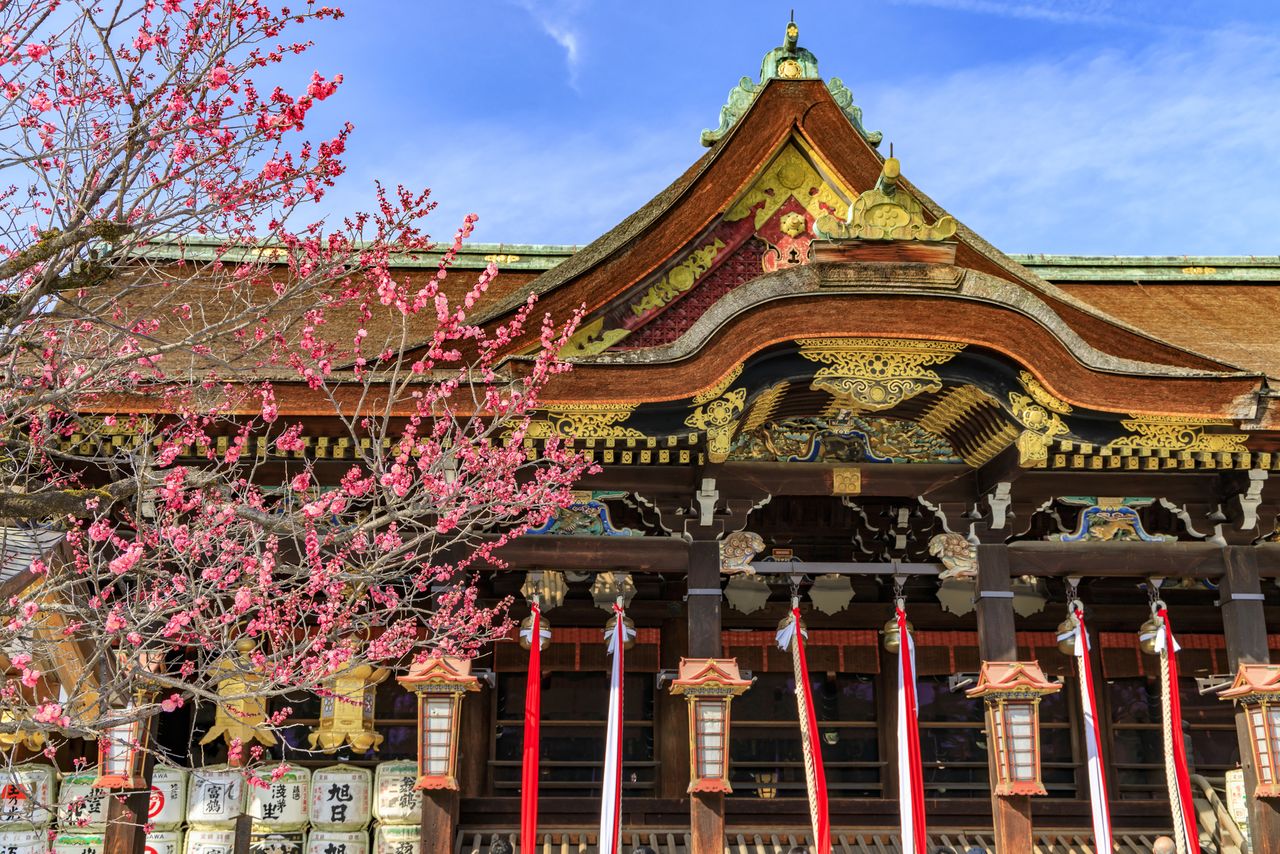
Kitano Tenmangū Plum Blossom Festival. (© Pixta)
Shunie at Tōdaiji (March 1–14)
Shunie is a Buddhist service held from March 1 to 14. It involves repentance for day-to-day sins, along with prayers for national peace, an abundant harvest, and people’s good health. The most well-known Shunie is held at the temple of Tōdaiji in Nara, where it has been conducted for over 1,250 years, even during wartime. On March 12, in a rite known as Omizutori (literally “the drawing of water”), water sent from Wakasa, Fukui Prefecture, is used in prayer and is perfumed with incense. The monks also hold an ascetic fire ritual called Dattan, swinging a great pine torch in the inner sanctum of the wooden Nigatsudō hall. Believers throng to bathe in sparks that fly from the torches, which are said to ensure good health for the year.
Tōdaiji Shunie service. (© Kyōdō News)
Hinamatsuri (March 3)
Hinamatsuri, Japan’s doll festival, originates from a ritual practiced at the imperial court since the Heian period (794–1185), to pray for the health of female children. Japanese people celebrate by erecting elaborate displays of dolls and peach blossoms. Three-layer diamond-shaped rice cakes called hishimochi are popular at this time. The pink layer is colored with gardenia, the white layer contains water chestnut, and the green uses mugwort. Other quintessential doll festival fare includes clear hamaguri clam broth, chirashizushi (sushi rice with ingredients sprinkled on top), and sweet white sake (shirozake).

Clear hamaguri clam broth served with chirashizushi (left). Hishimochi and shirozake.
Hamaguri Clams
In Japan, hamaguri clams are considered essential for Hinamatsuri and at weddings. Hamaguri clams’ shells only fit perfectly with their partner, and thus they are considered a symbol of a harmonious couple. Kaiawase is a shell matching game played since Heian times using beautifully painted clam shells. A delicious way to enjoy clams in season is steamed in sake, as a dish known as sakamushi, eaten from winter through spring.

Kaiawase shells (left), illustrated with scenes from The Tale of Genji. The shells on the right show Yūgao. (© Photo Library)
The Meaning of Dassai
Dassai is a famous brand of sake, but few people know the origin of its name, which literally means “otter festival.” As spring approaches, river otters catch the abundant fish, which they line up in front of them before eating. This appears like an “otter festival” in which they are making offerings at a shrine.
Noyaki (Field Burning)
Before the introduction of agricultural pesticides, farmers burned off the dry grasses to kill off harmful insects, and the ash was used as fertilizer to grow cow and horse fodder. Noyaki is a tradition passed down for over 1,000 years, and is still practiced as a spring rite in some locations, such as Mount Wakakusa in Nara Prefecture and Mount Aso in Kumamoto Prefecture.
Fukujusō (Adonis ramosa)
This flower symbolizes good fortune and longevity. In the Edo period (1603–1868), it was believed to attract good luck, and is still planted in pots and chosen as a gift.
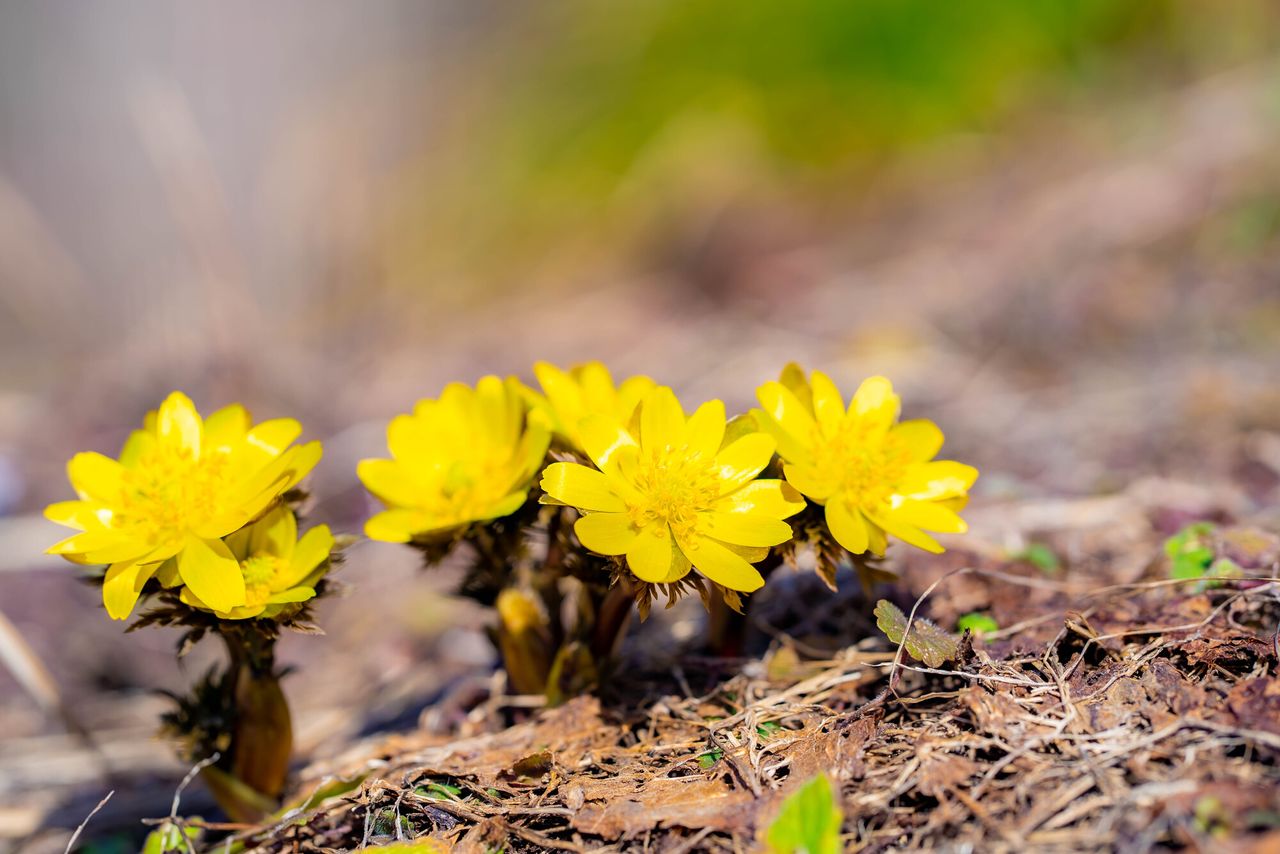
Fukujusō (Adonis ramosa) (© Pixta)
Strawberries
Strawberries are harvested across Japan, starting from mid-January. Tochigi Prefecture is particularly famous for its strawberries, including varieties like Tochiotome.
(Translated from Japanese. Supervised by Inoue Shōei, a calendar researcher and author, Shintō priest, and guest lecturer at Tōhoku Fukushi University. Banner photo: Snow melts at the Jigokunuma crater lake in the Hakkōda Mountains, Aomori Prefecture. © Photo Library.)
